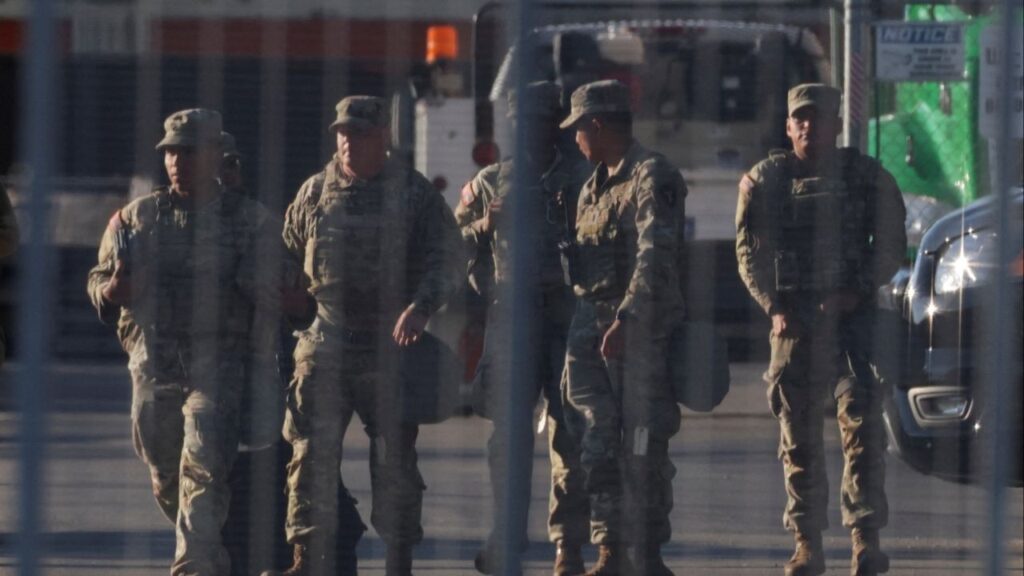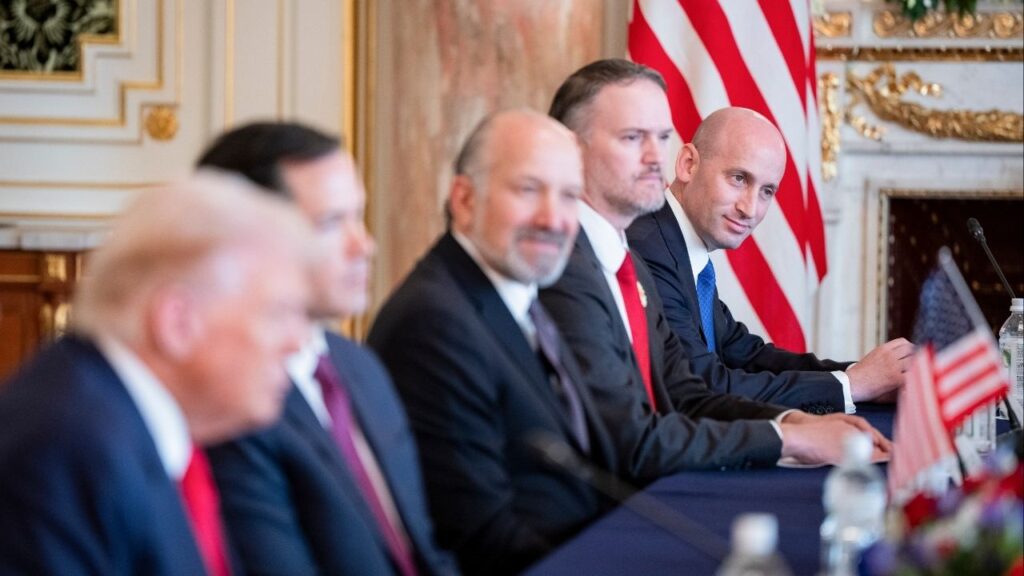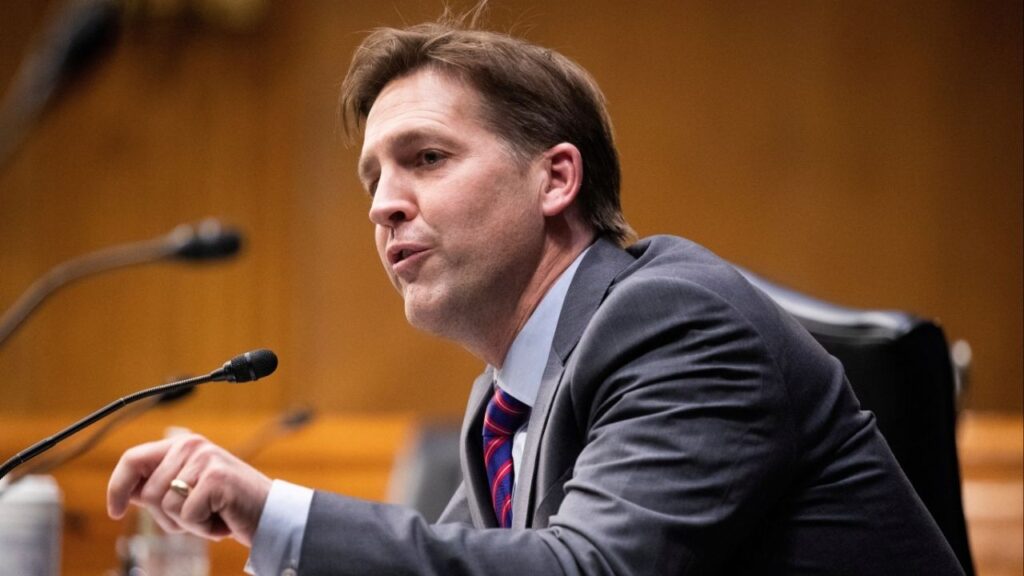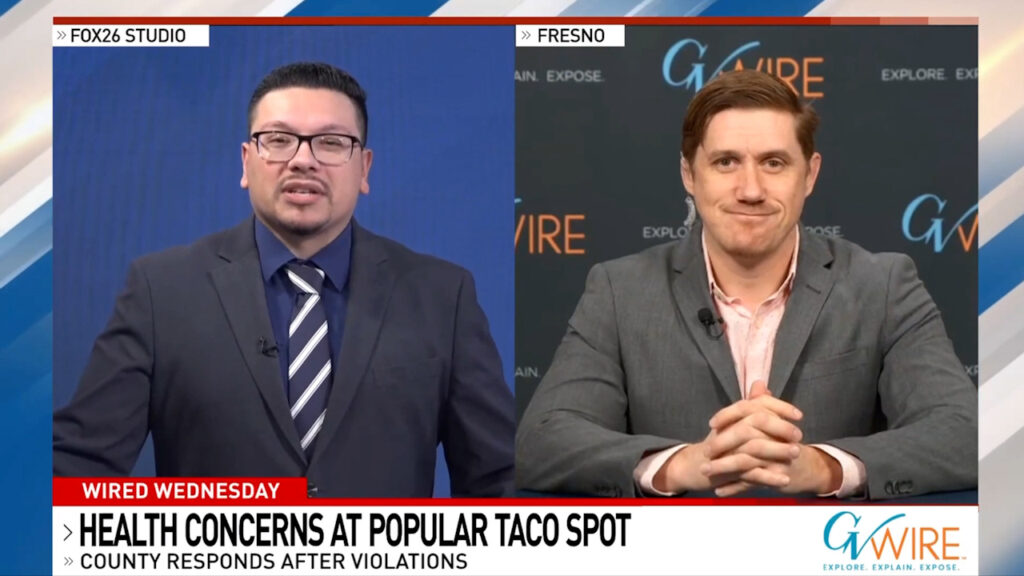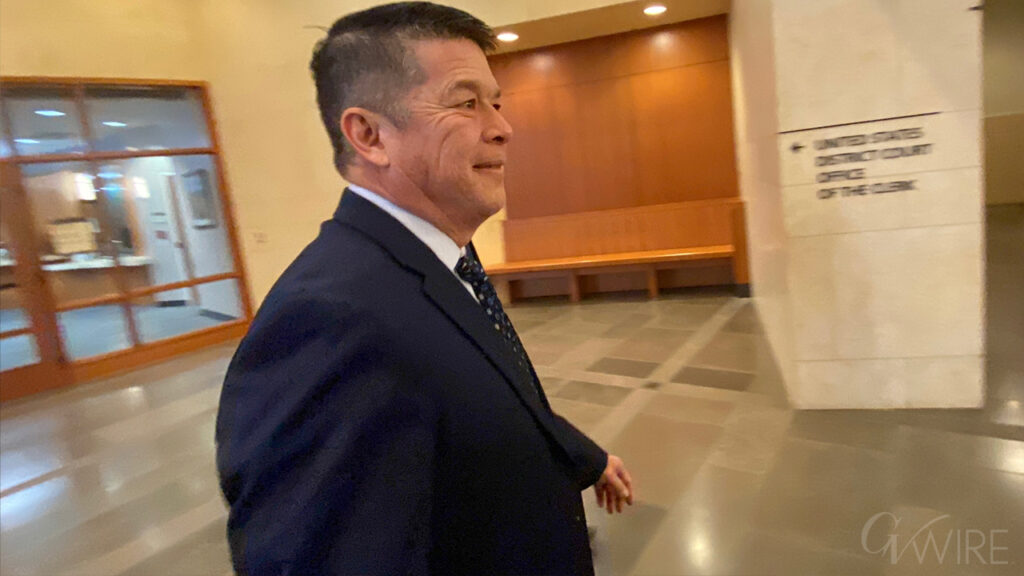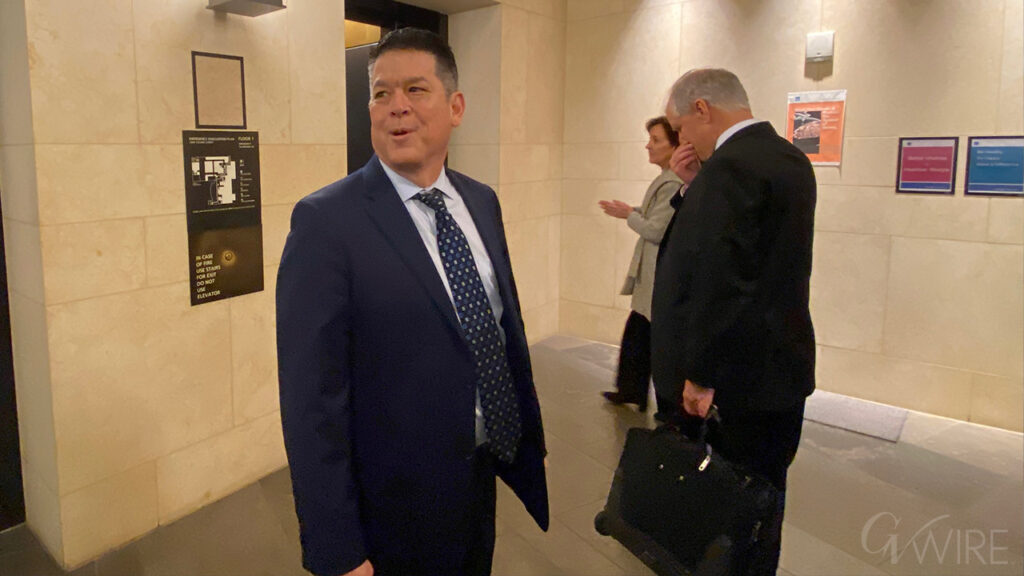Share
Receiving government money is never a quick and easy process. Take the $70 million in Cap & Trade funds granted to the City of Fresno. The law (AB 2722) was signed into law in September 2016 with a big ceremony that drew Gov. Jerry Brown to town. The funding is designed to help the most disadvantaged communities.
Communities are determined by who falls in the bottom five percent for pollution, as determined by a program called CalEnviroScreen Version 2.0. Southwest Fresno (and most of the city) most definitely counts as a disadvantaged community.
That is why Fresno is one of three communities to share the $140 million in grants (Los Angeles and a yet-to-be determined city comprise of the remaining recipients). Fresno is slated to get half of those funds. The goals of the $70 million are threefold: reduce greenhouse gas emissions, improve public health and expand economic opportunity.
But, community leaders are already chafing at some of the requirements in the draft plans of how the money can be spent. The preliminary rules call for funds to be spent within one mile of a High-Speed Rail station. It also asks for the communities to raise half the funds (in this case $35 million) in other grants to go on top of the $70 million. Right now, the process is in between rounds one and two of formulating guidelines.
This week, the Strategic Growth Council (SGC) – the state agency in charge of developing guidelines- held its regularly-scheduled public meeting in Sacramento in April 11. Staff presented the board, made up of representatives of various state government departments, an update on how the process is going and a timeline when funds may finally be distributed.
The $70 million question is how the money will be spent in Fresno. Mayor Lee Brand has indicated he wants that money spent in and around the High-Speed Rail station.
A contingent of 50 residents from southwest Fresno traveled north to voice their opinion, with 11 offering public comments. A common theme was unease that money may go towards downtown Fresno projects instead of southwest Fresno. Some complained that the city is spending money on opening Fulton Mall to traffic rather than improve the environment in their streets.
“Residents do not want (projects to go near a) one-mile radius around High-Speed Rail. They want to see the money used to really benefit their community,” said Lucio Avila with Centro La Familia.
“Absolutely, residents have been very loud and clear around the concern of the one-mile radius.(It’s) not necessarily that we don’t support High-Speed Rail. But currently, the one-mile radius would not allow us to reach southwest Fresno. It actually gets barely to the edge of southwest. It is an arbitrary radius for us and we want to make sure downtown is revitalized, but it’s also connected intentionally with southwest Fresno so there is a link to opportunity for residents to High-Speed Rail and all the benefits we expect to see from that,” said Sandra Celedon of Building Healthy Communities.
“I think that west Fresno should be the priority in terms of how this money is spent, in terms of the type of projects that are going to come,” said resident Chris Finley.
Teenager Dyami Hunt also made the trip up to complain about the negative health conditions in the neighborhood. “When you come into my neighborhood, there is no pizzazz or greatness to it. For example, there are no sidewalks. There is bad air pollution and low quality living situation.”
SGC board member Manuel Pastor asked SGC director Randall Winston if the money had to be spent on areas near the train. “The High-Speed Rail priority isn’t in the legislation. It kind of came up among staff during our initial development of the draft scoping guidelines,” Winston answered. He said they received “substantial public feedback” on the issue. He further explained they are taking things into consideration. Pastor later said he wants to explore further about the link to HSR.
The latest presentation was made at the SGC meeting featured plenty of buzzwords (leverage funding, workgroups, steering committees) and a slew of other agencies name dropped (Department of Conservation, Air Board, CalTrans). According to SGC staff reports, the second draft guidelines will be released in late May, with a 30-day public comment period. Final guidelines are planned for late July.
Contact David Taub
Phone: 559-492-4037 / e-mail
This story was not subject to the approval of Granville Homes.
RELATED TOPICS:
Categories

Delaware State Trooper Killed in Shooting, Suspect in Custody







